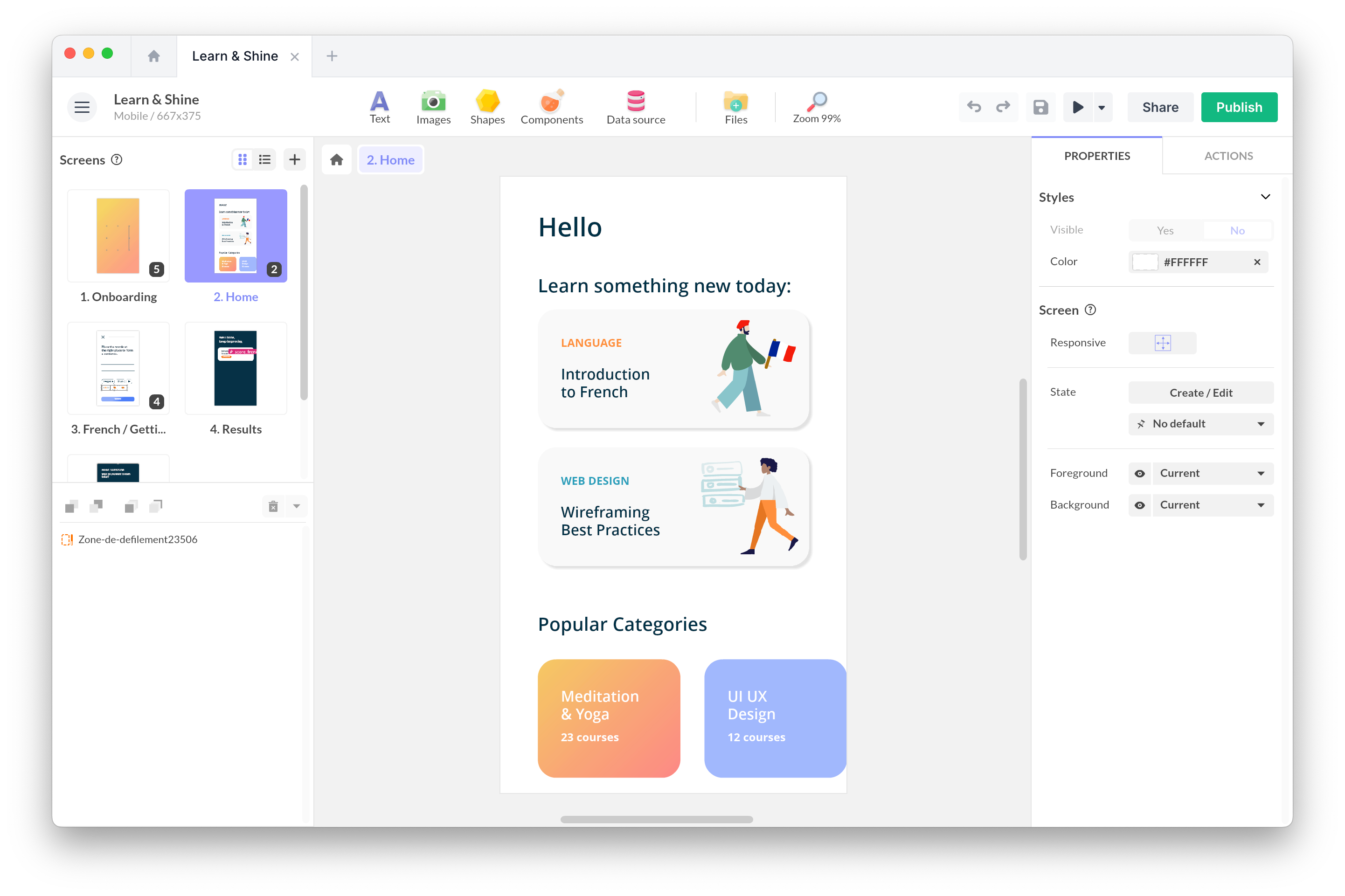Thu, Jul 21, 2016
Which Alternatives to the App Store and Google Play?

We often assume that app stores are the only option for distributing an application. While these marketplaces are ideal for targeting a global audience, they may not be suitable for internal purposes or for limited user bases. Let’s explore some alternatives you have in these scenarios.
Ad Hoc distribution
This ad hoc distribution mode is proposed by Apple to let you test your built apps on devices you have configured in iTunes Connect. You need to have a standard Apple Developer account (€99 per year) and to register every iOS device (with a maximum of 100).
To register a device, you must add the unique identifier (available from iTunes) in the “iOS Provisioning Portal” of the Developer website. Before creating your API, you must allow this distribution when creating the provisioning profile (by checking the “Ad Hoc” box). Then you enter all devices related to this distribution.
Be aware that each time you add or will replace a device, you’ll need a new IPA.
Even if you don’t need any Apple validation, this distribution has many constraints: it’s based on the iOS procedure (need for Developer account + provisioning profile), there is a maximum of 100 devices and you need to register every device.

In-house deployment
Apple launched an iOS Entreprise Distribution program (€299 per year) for companies with more than 500 employees. You can send your application to an unlimited number of devices inside the company(but known to the company) without going through the App Store. The main difference is that the application does not download via the App Store but directly via a URL. There’s no need to record every device. The only condition is to have a valid SSL security certificate of the server that will host the compiled application to ensure the security of the installation.
Google offers the very principle of deployment with its Google Apps for Work. In this case, each user must have an account linked to his professional email (€4/month/ account). The licensee can then deploy the application to employees who can view the private channel when connecting to the Google Play Store.
This distribution is great for corporate deployment. However you have to follow the iOS and/or Android procedure before distributing your content.

Hub
PandaSuite launched a new distribution channel out of the stores, through a circle. You can send your application to an unlimited number of users outside the stores, by sending a simple URL. This intelligent link recognizes the device used when opening the link and redirect to the right content: computer, smartphone or tablet.
This mode of distribution has a huge advantage: you’re running a lot faster because you are free from any Apple and Google procedure.
How it works ? Your content is placed inside the PandaHub application on the App Store and Google Play. it serves as a “shell” for your distribution, you can add all the content you want. To broadcast, you send a download link to users of your choice: by opening this link, they have direct access to your content. You can customize the interface with your colors and the consultation of your content using the tracking link.
Quick, flexible and powerful. This is the perfect solution to publish directly out from the stores and on every device.

The HTML export
The HTML export is a simple and flexible way to distribute your application anywhere: on your site, locally on a USB drive … The main difference is that your content is in HTML5 … and not in the native language of each platform (iOS or Android). Interactions based on the native capabilities are not recognized (sensors …).
Export is perfect for multiple uses. However it’s HTML5 and not native iOS and Android.

All these alternatives are available with PandaSuite. Do not hesitate to contact us for more information or tips.

